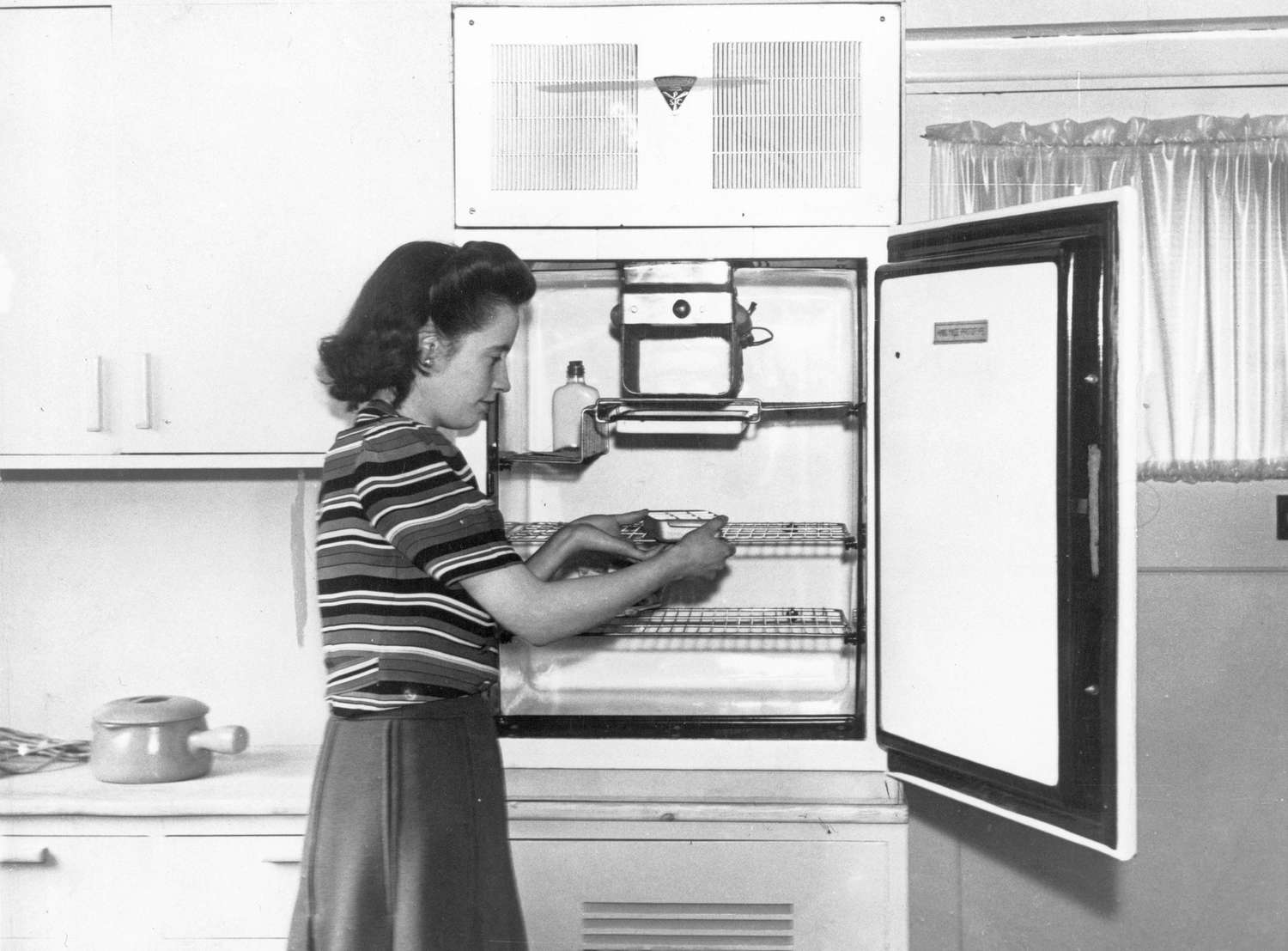

Articles
When Was The Freezer Invented
Modified: October 31, 2024
Discover the fascinating history of the freezer and learn when this revolutionary appliance was invented. Read our informative articles on the origin and evolution of freezers.
(Many of the links in this article redirect to a specific reviewed product. Your purchase of these products through affiliate links helps to generate commission for Storables.com, at no extra cost. Learn more)
When Was The Freezer Invented
In today’s modern world, freezers have become an indispensable part of our daily lives. We rely on them to store and preserve our perishable food items, extending their shelf life and reducing waste. But have you ever wondered when the freezer was first invented? In this article, we will explore the fascinating journey of freezer invention and the milestones along the way.
Key Takeaways:
- The journey of freezer invention began with ancient preservation methods, evolved through the discovery of icehouses, and culminated in the development of modern mechanical freezers, revolutionizing the way we store and preserve food.
- From the Industrial Revolution to the introduction of electric-powered domestic freezers, the evolution of freezer technology has brought about innovations like frost-free functionality, smart features, and energy efficiency, shaping the way we interact with our freezers.
Read more: When Was The Bathtub Invented
Early Preservation Methods
Long before the invention of freezers, our ancestors employed various methods to preserve their food. These early preservation techniques included drying, salting, smoking, and canning. While these methods were effective to some extent, they were limited in terms of storage duration and the types of food they could preserve. Natural refrigeration techniques, such as storing food in cool caves or burying them in snow, were also used by ancient civilizations to keep food fresh for longer periods.
The Discovery of Icehouses
Icehouses can be considered as precursors to modern freezers. These underground structures were used to store ice during the ancient and medieval periods. Ice was collected during winter or transported from colder regions and stored in these icehouses to be used for cooling purposes throughout the year. As time went on, the construction and design of icehouses evolved, allowing for better insulation and longer ice preservation.
The First Mechanical Freezers
The development of mechanical freezing technology marked a significant milestone in the history of freezers. In the mid-18th century, inventors began experimenting with ways to artificially produce ice. One such inventor, William Cullen, demonstrated the first artificial refrigeration in 1748. However, it was not until the early 19th century that practical mechanical freezing systems were developed.
Key inventors like Jacob Perkins and John Gorrie made groundbreaking contributions to the development of mechanical freezers. Perkins, in 1834, patented the vapor-compression refrigeration system, which formed the basis for modern refrigeration technology. Gorrie, often referred to as the father of refrigeration, invented the first ice-making machine and air-cooling system in the 1840s.
Introduction
Freezers have become an indispensable appliance in our daily lives. We rely on them to store and preserve our perishable food items, keeping them fresh for extended periods and reducing the need for frequent grocery shopping. In addition to the convenience they offer, freezers also play a crucial role in reducing food waste and allowing us to enjoy seasonal produce year-round.
In this article, we will delve into the fascinating history of freezer invention and explore how it has evolved over time. We will uncover the early preservation methods used by our ancestors, the discovery of icehouses, and the development of mechanical freezing technology. We will also examine the impact of the Industrial Revolution on freezer advancements and the transition from iceboxes to electric-powered domestic freezers.
Furthermore, we will discuss the innovations and improvements in freezer technology during the 20th century, such as the introduction of frost-free and smart freezers. By the end of this article, you will have a comprehensive understanding of the journey that led to the invention of the freezer and its significance in our modern world.
So, let’s embark on this historical exploration and discover the fascinating story of when the freezer was first invented and how it has transformed the way we store and preserve our food.
Key Takeaways:
- The journey of freezer invention began with ancient preservation methods, evolved through the discovery of icehouses, and culminated in the development of modern mechanical freezers, revolutionizing the way we store and preserve food.
- From the Industrial Revolution to the introduction of electric-powered domestic freezers, the evolution of freezer technology has brought about innovations like frost-free functionality, smart features, and energy efficiency, shaping the way we interact with our freezers.
Read more: When Was The Bathtub Invented
Early Preservation Methods
Before the invention of freezers, our ancestors utilized various methods to preserve their food. These early preservation techniques allowed them to store and consume food even when it was not readily available. Let’s take a closer look at some of these primitive methods of food preservation.
One of the earliest methods of food preservation was drying. This involved removing moisture from food items, such as fruits, vegetables, and meat, to prevent spoilage. By drying food under the sun or using other methods like smoking or dehydrating, our ancestors were able to extend the shelf life of their provisions.
Another common method was salting, where food was coated or packed in salt. Salt acts as a natural preservative by drawing out moisture from the food, making it inhospitable for bacteria to thrive. This method was particularly effective for preserving meat and fish.
Smoking was also widely practiced as a means of food preservation. By subjecting food to the smoke of burning wood or other plant materials, the process not only added flavor but also acted as a preservative, inhibiting the growth of bacteria and mold.
In addition to these primitive methods, ancient civilizations discovered natural refrigeration techniques to keep their food fresh for longer periods. For example, some cultures utilized cool underground caves or buried containers in the snow to take advantage of natural low temperatures. These methods allowed them to store perishable items, such as fruits, vegetables, and dairy products, for extended periods without spoilage.
The ingenuity of these early preservation methods laid the foundation for later advancements in food storage and preservation technology. Despite their limitations, these techniques provided our ancestors with a means to extend the shelf life of their food and ensure a stable food supply.
The Discovery of Icehouses
As civilizations progressed, so did the methods of food preservation. One significant development in the realm of food storage was the discovery of icehouses. Icehouses were structures specifically designed to store and preserve ice, which played a crucial role in keeping food and beverages cool.
Ancient icehouses can be traced back to various civilizations, including ancient Egypt, Greece, and Rome. These early icehouses were often built underground or partially underground to take advantage of the naturally cool temperatures. They were constructed using insulating materials like straw, wood, or even animal hides to maintain the internal temperature and prevent the ice from melting too quickly.
Icehouses served multiple purposes. In addition to preserving food, they were also used for medicinal and recreational purposes. The preserved ice was used to treat various ailments and as a luxury for the upper class to enjoy cold drinks and desserts during hot summers.
Over time, the design and construction of icehouses evolved. In medieval Europe, a typical icehouse was constructed with a dome-shaped roof and walls made of brick or stone for better insulation. The inner chamber was often lined with a layer of straw or sawdust to provide additional insulation and protect the stored ice from melting.
As trade routes expanded and technology advanced, the demand for ice skyrocketed. In the 19th century, icehouses underwent further innovations. Ice was harvested from frozen lakes, rivers, or specially constructed ice ponds during the winter and stored in large warehouses insulated with sawdust or other insulating materials. This allowed for a more substantial and reliable supply of ice throughout the year, providing a foundation for further advancements in refrigeration technology.
The discovery of icehouses revolutionized the way food and beverages were stored and preserved. They laid the groundwork for the development of mechanical refrigeration technology, which eventually led to the invention of the modern freezer.
The First Mechanical Freezers
The development of mechanical freezing technology marked a significant milestone in the history of freezers. It revolutionized the way we store and preserve food, paving the way for the modern freezer appliances we use today.
In the mid-18th century, inventors began experimenting with ways to artificially produce ice, leading to the birth of mechanical freezing technology. One of the early pioneers in this field was William Cullen, a Scottish scientist who demonstrated the first artificial refrigeration in 1748. Although his demonstration was a mere proof of concept and lacked practical applications, it laid the foundation for future innovations in the field.
However, it was not until the early 19th century that practical mechanical freezing systems were developed. Jacob Perkins, an American inventor, made a significant breakthrough in 1834 when he patented the vapor-compression refrigeration system. Perkins’ system used a closed loop of refrigerant that circulated through a compressor, condenser, expansion valve, and evaporator, allowing for the creation of a controlled cooling environment.
John Gorrie, a physician from Florida, is often referred to as the father of refrigeration. In the 1840s, Gorrie invented the first ice-making machine and air-cooling system. His invention utilized compressed air to cool water, which in turn produced ice. Gorrie’s aim was to use the ice to provide relief to patients suffering from diseases like yellow fever. While his initial designs did not gain widespread recognition during his lifetime, his contributions laid the groundwork for future advancements in refrigeration technology.
These early inventors played a vital role in the development of freezer technology by introducing the concepts of mechanical refrigeration and ice-making machines. Their inventions served as the starting point for further improvements in refrigeration systems, eventually leading to the creation of efficient and reliable freezers.
Later innovations in freezer technology refined the design and performance of mechanical freezers. From commercial ice-making machines to refrigerated warehouses, these advancements laid the foundation for the widespread adoption of freezers in various industries, including food storage and distribution.
Today, mechanical freezing technology continues to evolve, with modern freezers boasting advanced features like adjustable temperature controls, frost-free operation, and energy-efficient designs. The contributions of these early inventors paved the way for the invention of the freezer, ultimately revolutionizing the way we preserve and access perishable food items.
The Industrial Revolution and Freezer Advancements
The Industrial Revolution brought forth a wave of advancements in various industries, including the realm of freezer technology. The increased demand for food preservation and the need for efficient storage systems during this era led to significant innovations in freezer design and functionality.
One of the key impacts of the Industrial Revolution on freezer inventions was the introduction of ice-making machines. Prior to this period, ice was mainly harvested from frozen lakes and rivers, limiting its availability and the scale of ice production. However, the Industrial Revolution brought about advancements in technology and manufacturing processes, allowing for the development of machines specifically designed to produce ice.
Ice-making machines allowed for a more reliable and efficient production of ice, which in turn revolutionized the freezer industry. These machines were capable of producing large quantities of ice in a relatively short period, enabling wider accessibility to this cooling resource.
Furthermore, the Industrial Revolution also saw the emergence of commercial refrigeration systems. With the growth of cities and urban centers, there was an increasing need for cold storage facilities to support the growing demand for perishable goods. Commercial refrigeration systems were developed to meet this need, utilizing mechanical refrigeration technology to create controlled cold environments for storing food items.
The advancements in commercial refrigeration systems were a game-changer for various industries. They enabled the creation of robust cold supply chains, ensuring the transportation and storage of perishable goods over long distances. It also led to the establishment of refrigerated warehouses and distribution centers, expanding the market reach for perishable food items and reducing food waste.
These freezer advancements during the Industrial Revolution transformed the way food was stored, preserved, and distributed. The introduction of ice-making machines and commercial refrigeration systems allowed for greater accessibility to ice and expanded the possibilities of freezing technology.
As the Industrial Revolution progressed, so did the efficiency and capabilities of freezer technology. The advancements in mechanical refrigeration systems, insulation materials, and temperature control mechanisms further improved the performance of freezers, making them more reliable and energy-efficient.
Today, the impact of the Industrial Revolution can still be felt in the freezer industry, with modern freezers incorporating cutting-edge technology and features to meet the diverse needs of consumers and industries alike. The advancements made during this era laid the groundwork for the freezer technology we rely on today, ensuring the preservation and availability of perishable goods on a global scale.
Read more: When Was Jenga Invented
Domestic Freezers: From Iceboxes to Electric Models
The transition from iceboxes to electric-powered domestic freezers marks a significant milestone in the evolution of freezer technology. This shift revolutionized the way households stored and preserved their perishable food items, bringing greater convenience and efficiency to everyday life.
In the early days, households relied on iceboxes to keep their food cool. An icebox was essentially an insulated container that held blocks of ice, which served as the cooling agent. Ice was delivered to homes regularly, and it was placed inside the icebox to maintain a lower temperature, slowing down the spoilage of food.
The use of iceboxes presented several challenges. Dependence on regular ice deliveries meant limited availability and frequent maintenance. Homeowners had to manage the melting ice, which required draining and refilling, as well as the purchase and storage of ice blocks. It was also necessary to monitor the temperature manually to prevent food from thawing or freezing excessively.
However, with the advent of electricity, the introduction of electric-powered domestic freezers revolutionized the way households stored their food. The first electric household refrigerators, also known as electric refrigerators, made their debut in the early 20th century. These appliances eliminated the need for ice, providing a constant and reliable source of cooling without the hassle of icebox maintenance.
The first electric household refrigerators were introduced in the early 1910s by companies such as General Electric and Kelvinator. These early models consisted of a compressor, condenser, evaporator, and other essential components. The compressor circulated refrigerant through the system, extracting heat from the interior of the refrigerator and expelling it outside, resulting in a cool interior environment.
The introduction of electric refrigerators brought numerous benefits to households. They eliminated the need for ice deliveries and the manual labor associated with maintaining iceboxes. Electric models provided a more consistent cooling environment, allowing for better food preservation and reducing the risk of spoiling. The interior space was better organized, with shelves and compartments for efficient storage and organization.
As technology advanced, electric refrigerators continued to evolve. The introduction of automatic defrost systems, adjustable temperature controls, and improved insulation further enhanced their functionality and convenience. The adoption of these electric household refrigerators grew rapidly, and they became an essential appliance in modern households.
Today, domestic freezers have become an integral part of kitchen appliances. Standalone freezers, chest freezers, and combination refrigerator-freezer units are commonly found in homes. These modern freezers offer a range of features, including energy efficiency, temperature control, and advanced storage options, catering to the diverse needs of households.
The transition from iceboxes to electric-powered domestic freezers marked a significant leap forward in food storage technology. It brought convenience, reliability, and improved food preservation to households, making the process of storing and preserving perishable items more efficient and effortless.
Modern Freezers: Innovations and Improvements
The field of freezer technology has witnessed remarkable advancements during the 20th century, leading to the development of modern freezers that offer enhanced features and functionality. These innovations have revolutionized the way we store and preserve our food, ensuring optimal freshness and convenience.
One of the notable advancements in freezer technology is the introduction of frost-free freezers. Traditional freezers required regular manual defrosting to remove built-up ice and frost, which could be time-consuming and inconvenient. However, with the development of frost-free technology, freezers now have built-in heating elements and sensors that automatically defrost and melt any frost buildup. This ensures that the freezer remains frost-free, eliminates the need for manual defrosting, and allows for consistent temperature regulation.
Another significant development in modern freezers is the advent of smart freezers. With the rise of smart home technology, freezers have become interconnected and equipped with advanced features that offer enhanced convenience and control. Smart freezers can be remotely monitored and controlled through mobile applications, allowing users to adjust temperature settings, check inventory, and receive alerts for power outages or temperature fluctuations. Some smart freezer models even have built-in cameras that provide a real-time view of the contents, helping users keep track of their food stock and plan meals more efficiently.
Energy efficiency has also been a key focus in modern freezer design. With growing concerns about energy consumption and environmental impact, manufacturers have developed more energy-efficient freezers that prioritize sustainability without compromising performance. These energy-efficient models utilize insulation materials and improved compressor technology to reduce energy consumption, resulting in lower electricity bills and reduced environmental footprint.
Furthermore, modern freezers offer various storage innovations to optimize organization and accessibility. Adjustable shelves and compartments allow for customizable storage configurations, making it easier to accommodate different types of food items. Some freezers even come with specialized storage features like adjustable temperature zones, humidity control drawers, and door-in-door compartments, providing optimal conditions for specific food items and enhancing overall food preservation.
Advanced freezing technology has also improved the lifespan and quality of frozen food. Quick freeze features and rapid cooling systems allow for the preservation of food nutrients and minimize the formation of ice crystals, which can affect texture and taste. Freezers now provide precise temperature control, ensuring that food stays frozen at the optimal temperature for optimal preservation and taste retention.
In summary, the advancements in freezer technology throughout the 20th century have brought about significant improvements. From frost-free functionality and smart features to energy-efficient designs and advanced storage options, modern freezers offer enhanced convenience, sustainability, and food preservation capabilities. As our needs and expectations evolve, it is likely that freezer technology will continue to innovate and improve, providing even more efficient and effective ways to store and preserve our perishable food items.
Conclusion
In conclusion, the invention and evolution of freezers have had a profound impact on the way we store and preserve food. From the early preservation methods employed by our ancestors to the development of mechanical freezing technology, each milestone contributed to the creation of modern freezers we rely on today.
Throughout history, humans have sought ways to extend the shelf life of food to ensure a stable food supply. The discovery of natural refrigeration techniques and the invention of icehouses allowed for the preservation of food in cool environments. This laid the foundation for the development of mechanical freezing technology, pioneered by inventors like Jacob Perkins and John Gorrie.
The Industrial Revolution played a pivotal role in freezer advancements, leading to the introduction of ice-making machines and commercial refrigeration systems. These innovations revolutionized the food storage and distribution industry, enabling longer transportation distances and reducing food waste.
The transition from iceboxes to electric-powered domestic freezers further improved the convenience and efficiency of food preservation. The introduction of electric household refrigerators eliminated the need for manual ice maintenance and provided a reliable cooling source for homes. This marked a significant leap forward in freezer technology, setting the stage for continuous innovation.
Modern freezers have witnessed numerous innovations and improvements. Frost-free technology, smart features, energy efficiency, and advanced storage options have revolutionized the way we interact with our freezers. These advancements enhance convenience, optimize food preservation, and make it easier to organize and access frozen items.
The importance of freezers in the modern world cannot be overstated. They play a critical role in reducing food waste, ensuring food safety, and providing convenience in our daily lives. Freezers allow us to store perishable items for extended periods without compromising quality, enabling us to enjoy seasonal produce year-round and reduce frequent grocery trips.
Whether it is in households, restaurants, or the food industry, freezers have become an indispensable appliance. They provide us with the means to preserve and maintain the integrity of our food, allowing us to lead healthier, more sustainable lives.
In summary, throughout history, freezers have undergone significant advancements, from ancient preservation methods to the invention of mechanical freezing technology. These innovations have shaped the modern world, helping us tackle food preservation challenges and enjoy the benefits of extended food storage. The continued evolution of freezer technology will undoubtedly bring even more innovative features and improvements, further enhancing our ability to store and preserve food efficiently and sustainably.
Now that you've discovered how freezers evolved, why not look ahead to what's next in cold preservation? Our latest article on the best options for cold storage in 2024 offers insights into the most efficient and innovative models available. Whether you're upgrading your kitchen or simply curious about the latest trends in refrigeration technology, this guide is packed with valuable information to help you make an informed decision.
Frequently Asked Questions about When Was The Freezer Invented
Was this page helpful?
At Storables.com, we guarantee accurate and reliable information. Our content, validated by Expert Board Contributors, is crafted following stringent Editorial Policies. We're committed to providing you with well-researched, expert-backed insights for all your informational needs.
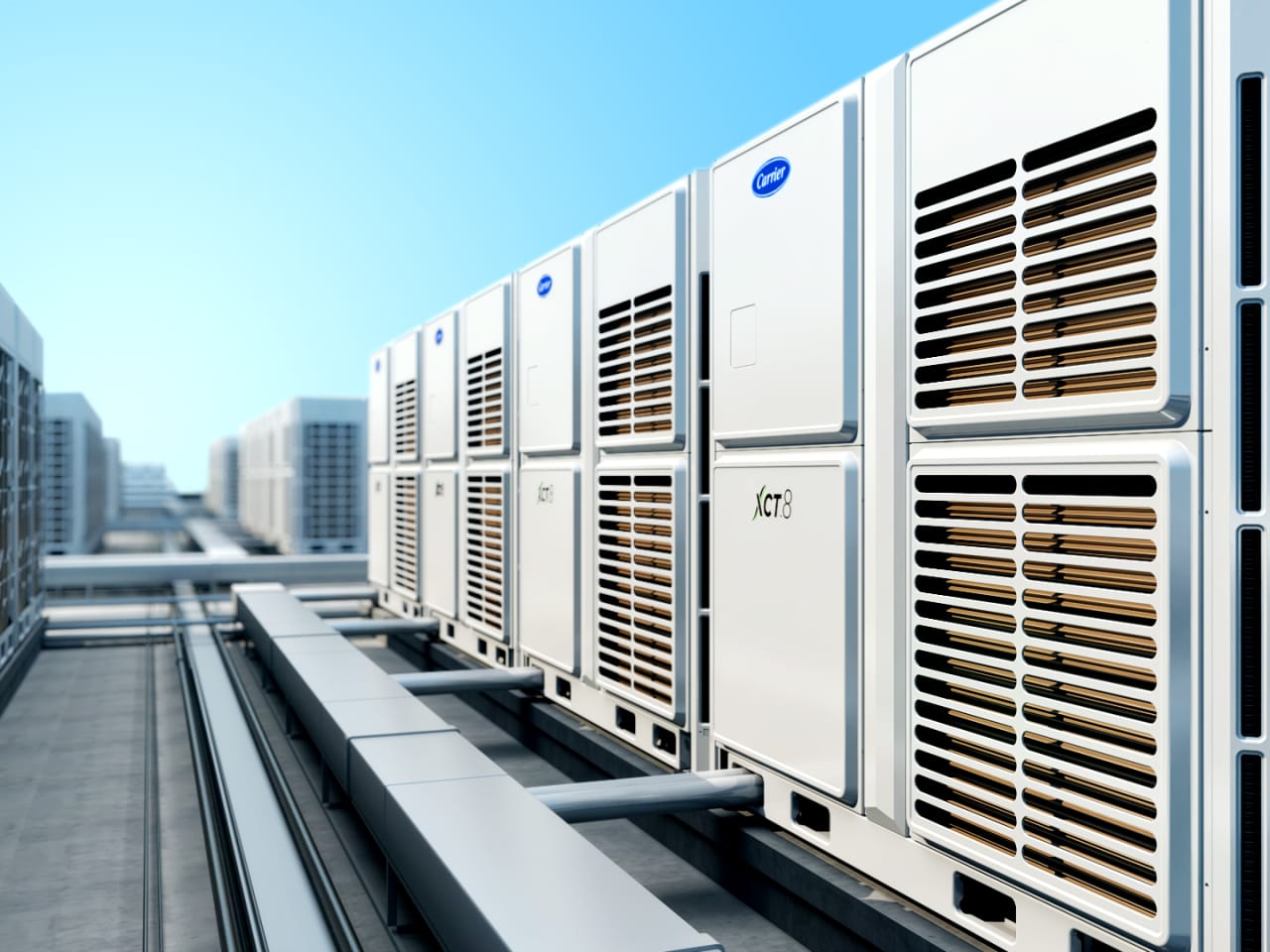
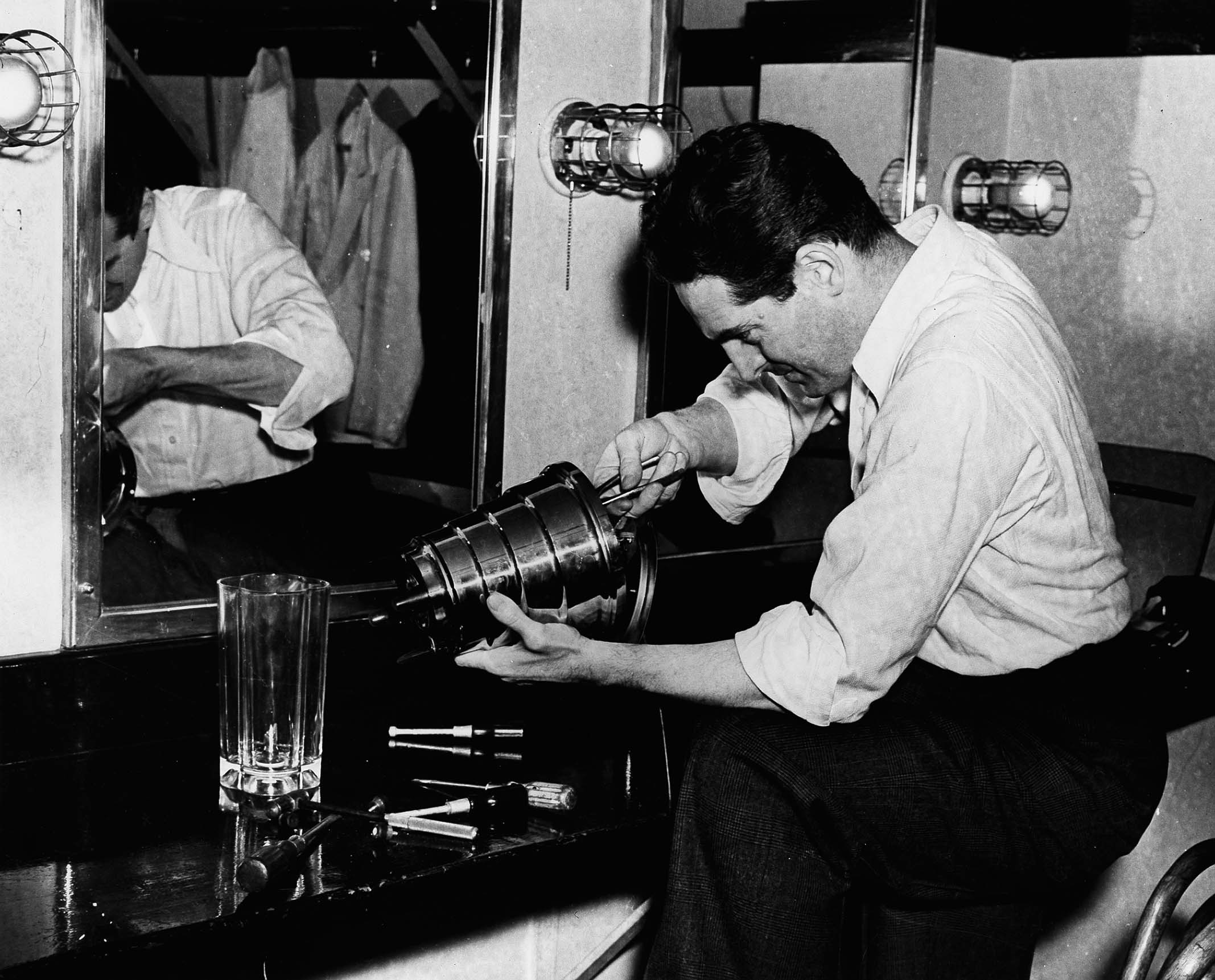




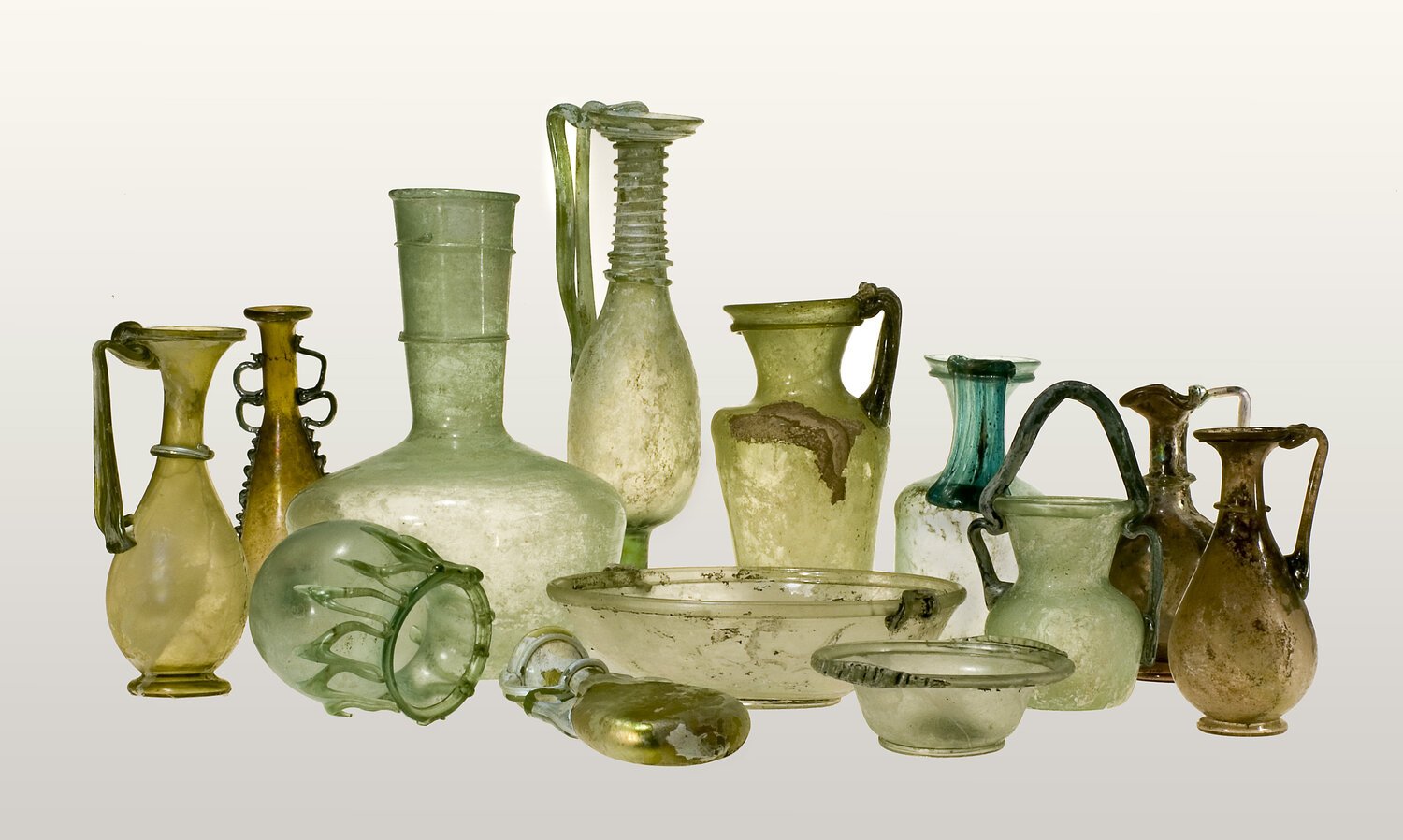

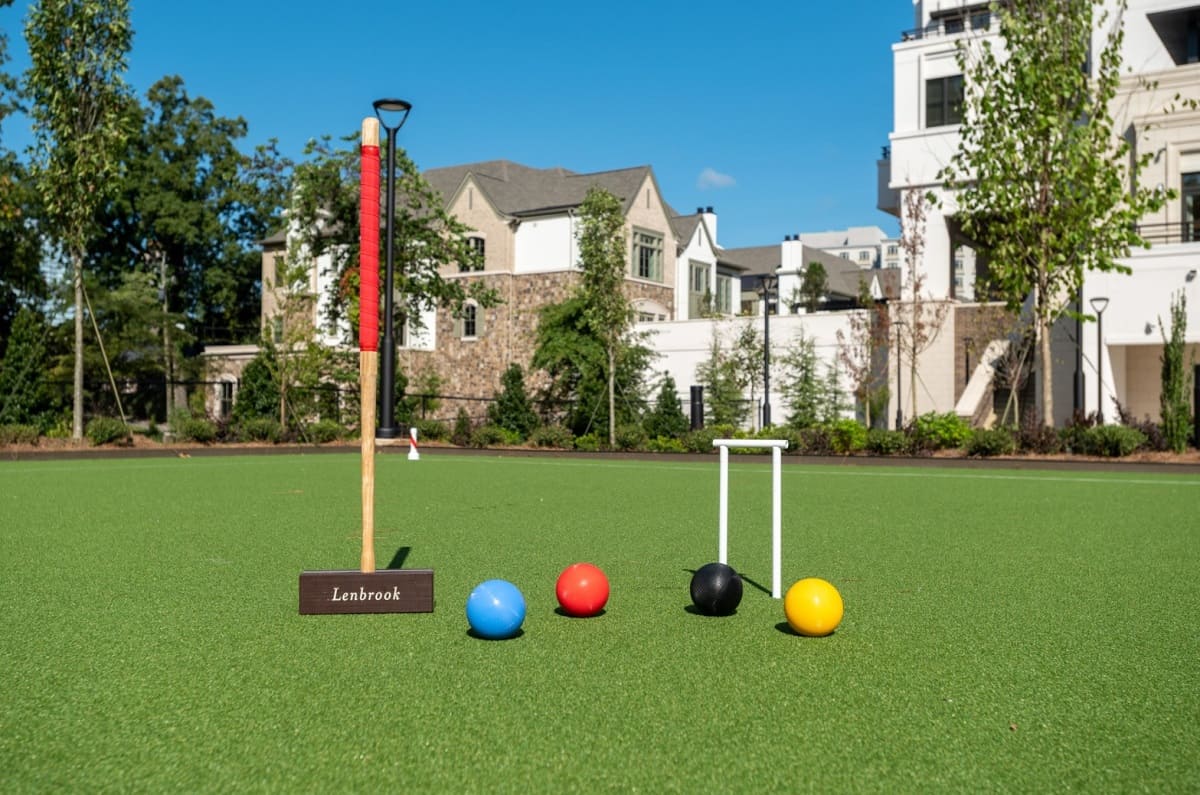

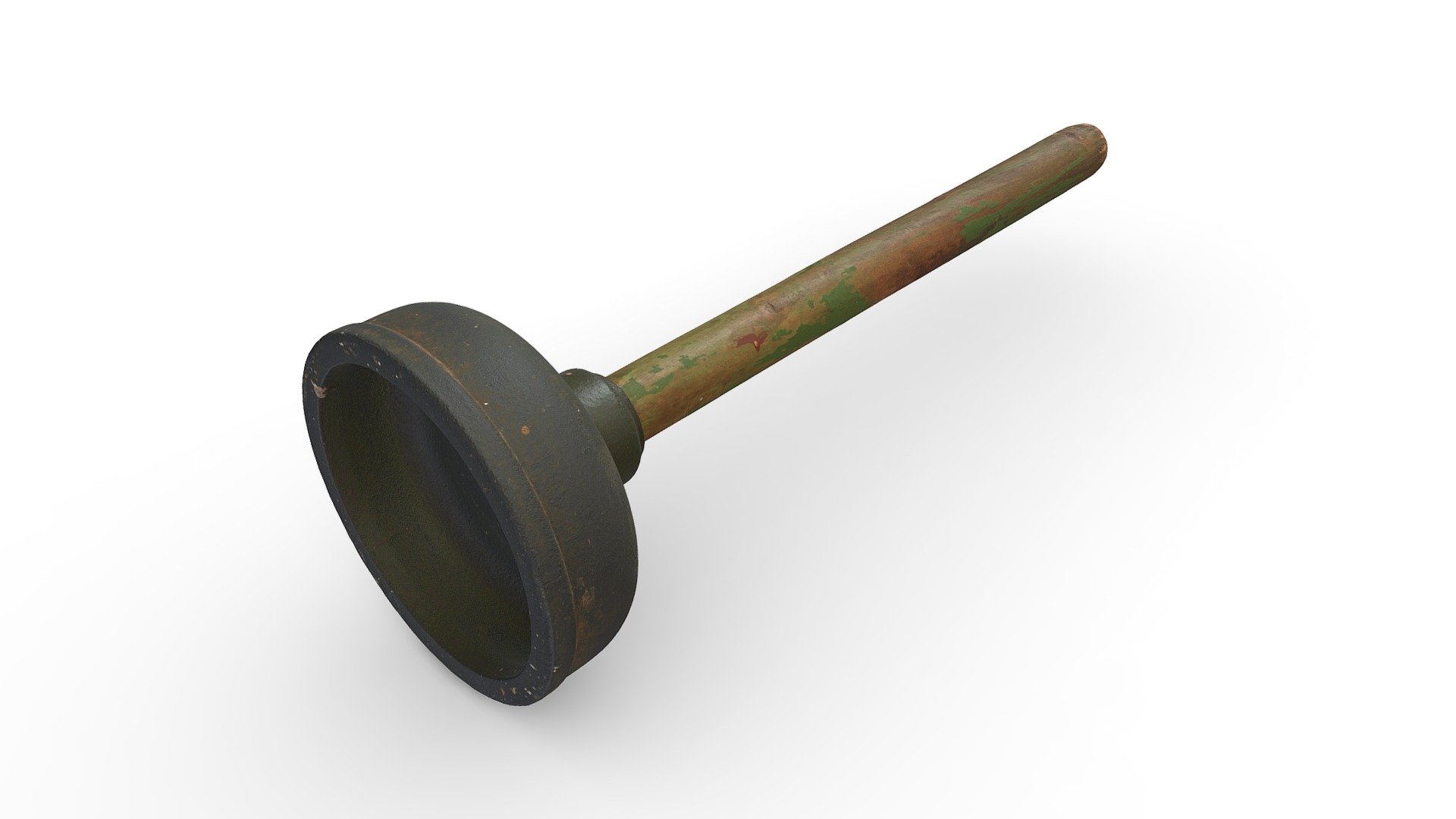
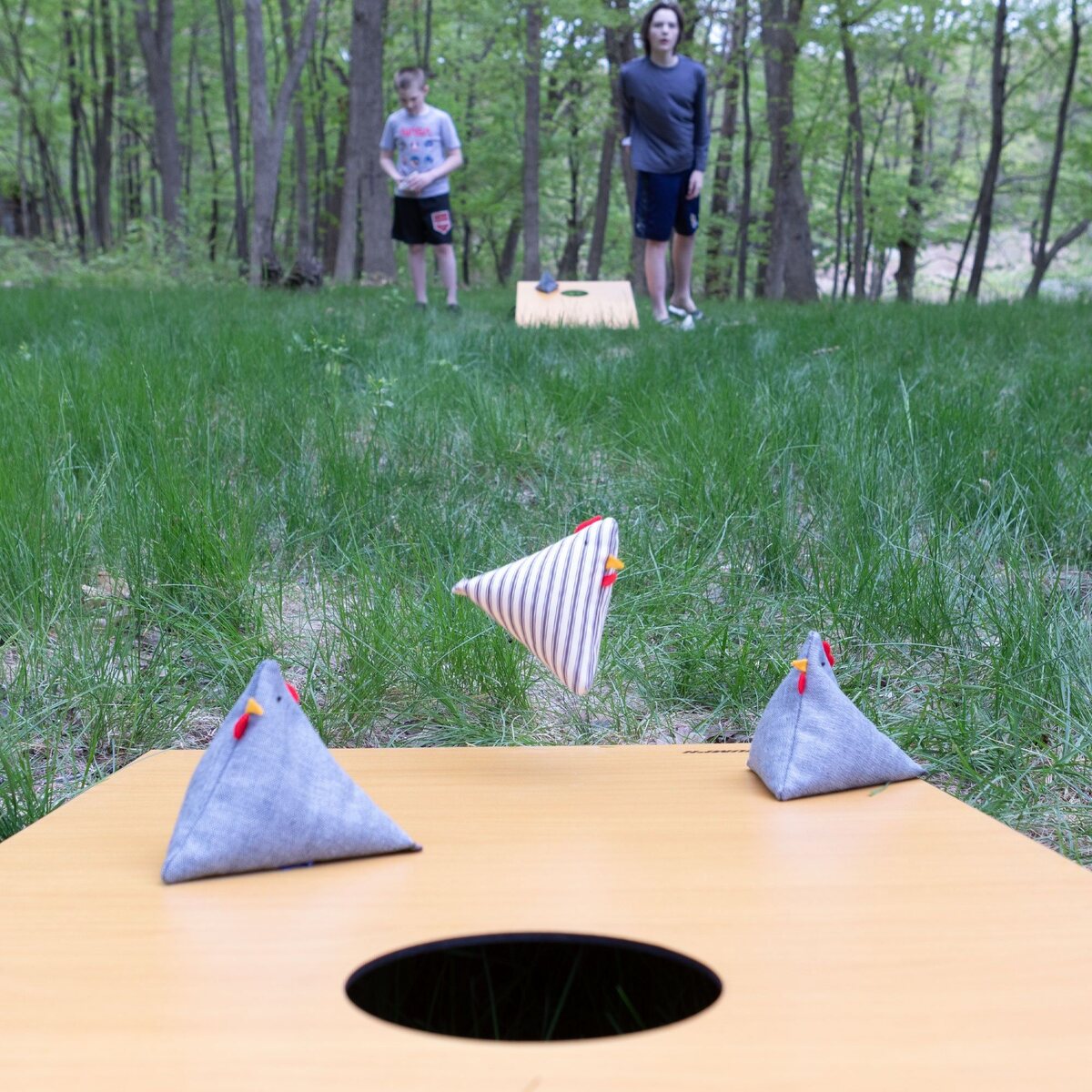
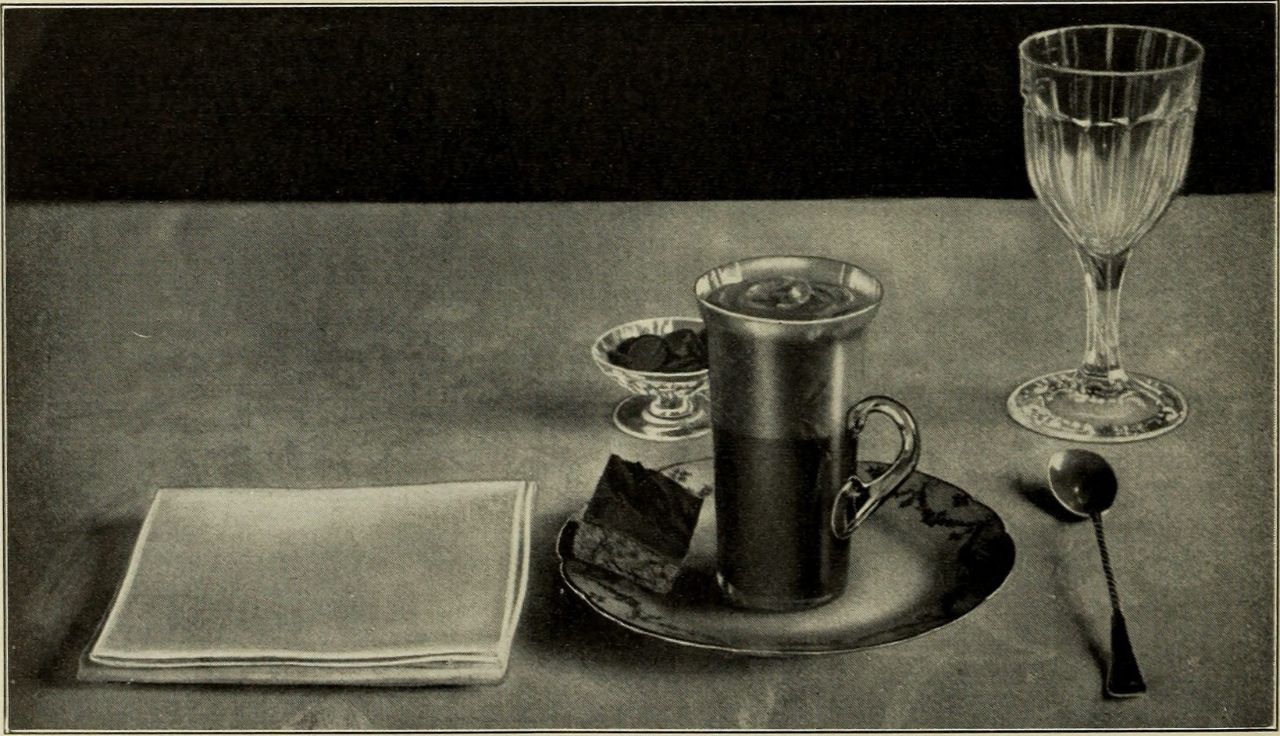

0 thoughts on “When Was The Freezer Invented”